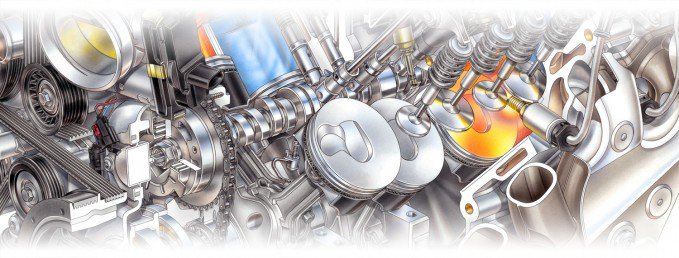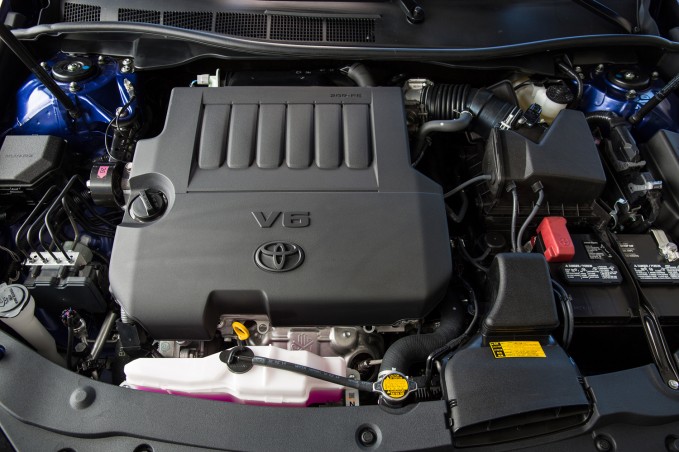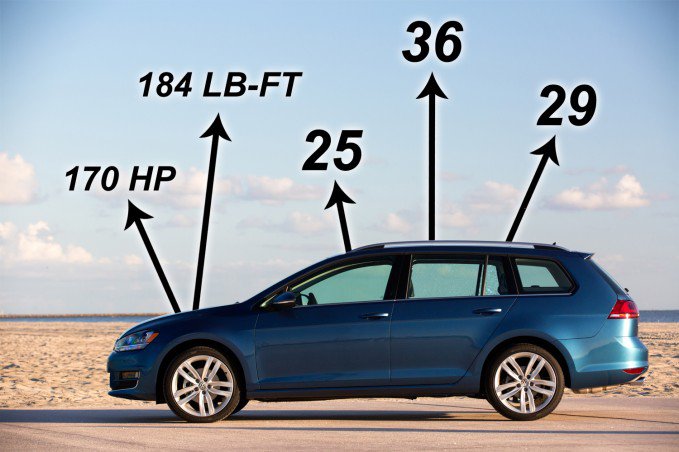In the race to improve efficiency and cut emissions, more and more automakers are turning to forced induction as a way of increasing fuel economy without sacrificing drivability.
The Next Big Automotive Extinction
And it’s quite possible they could go the way of crank starters, leaded gasoline and big-block V8s. “From our engine lineup today we’re pretty committed to this downsized, turbocharged approach,” said Doug Skorupski, powertrain strategy manager at Volkswagen of America.
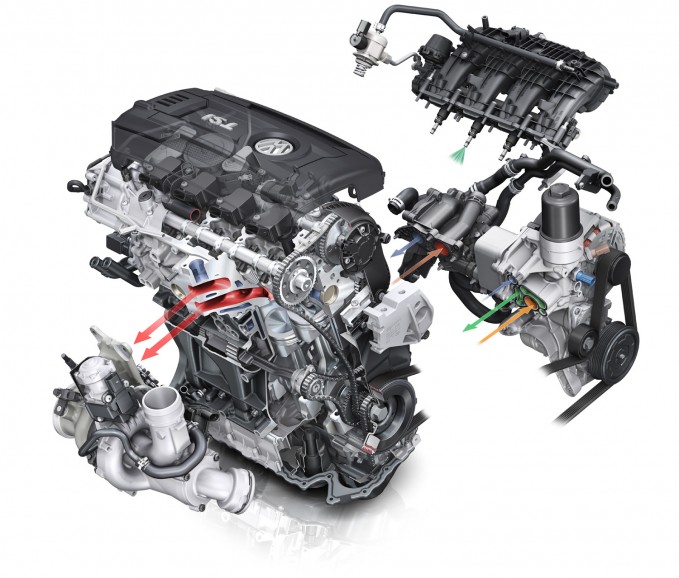
For years automakers have been adding things like variable valve timing and direct fuel injection to increase the efficiency of these atmospherically charged powerplants. But they’re starting to run out of options. “I don’t think there’s any low-hanging fruit [left],” noted Skorupski. Sure, there are still some options on the table but he said they can be very costly.
SEE ALSO: Do I Really Need Premium Gas?
Ben Schlimme, executive program manager at the Toyota Technical Center echoed much of what Skorupski mentioned. When asked if naturally aspirated engines would ever disappear he said, “The easy answer is ‘no’ because forever is a long time.” Still, in developed markets like the U.S. he noted, “I see IC [internal combustion] engines needing to be around for at least 15 years or more.” After that, who knows?
Staying Power
Despite falling out of vogue in recent times, un-boosted powerplants are not without their merits. “Obviously simplicity and cost,” said Schlimme, are two upsides that are easy to recognize, but that’s not all. “The other advantage of an NA engine is packaging.” Not having to cram as much stuff under the hood can be “a huge advantage to deliver fuel economy,” he said.
Naturally aspirated engines can also be better down the road as miles and year accumulate. “Certainly the repair costs of a turbo is going to outweigh that of an NA engine,” said Schlimme.
When it comes to forced-induction Skorupski had similar comments. “There is a cost associated with these motors.” There are more components to deal with and lots of extra plumbing, none of which is free. Simply put, “Turbos are more expensive,” he said.
Hybrid Salvation
“A lot of the naturally aspirated engines are mated up with CVTs … and they’re pretty efficient,” said Skorupski, but another way these powerplants could receive a stay of execution is by pairing them with batteries and electric motors.

Toyota is the undisputed king of hybrid vehicles. Its Prius is practically a brand unto itself. Schlimme said, “Hybrids pair well with [naturally aspirated] IC engines,” noting that this strategy is a “good path forward.”
Real-World Benefits
Curiously the Big T has been a little late to the downsized, turbocharged party. In fact they just introduced a new 2.0-liter four-cylinder unit in the Lexus NX 200t crossover years after competitors have done the same. Despite the delay this company does have a history of forced induction. “We had turbos back in the day,” but ultimately they were discontinued, “because we couldn’t’ make them emissions compliant,” Schlimme said.
Fortunately thanks to modern features and computer controls, force-fed engines can provide many benefits to customers. “They enjoy the drivability feel of the latest technology that’s been brought to market,” said Schlimme. These engines typically have lots of torque for speedy getaways, and depending on how they’re driven, downsized, force-fed powerplants can be fuel efficient.
Despite missing this latest powertrain fad Toyota has been very successful in delivering good performance and perhaps even better fuel economy with its naturally aspirated engines. This is an area where some of its competitors who are fielding more technically advanced powerplants have fallen short. Ford’s EcoBoost lineup is a prime example of this.
SEE ALSO: Why is My Gas Mileage so Bad?
“I think that our Toyota position is that we under promise and over deliver,” noted Schlimme. “At times larger engines at lighter loads can be more efficient,” which is something they’re keenly aware of. Accordingly they’ve leveraged their naturally aspirated technology and optimized automatic-transmission tuning to deliver impressive real-world economy.
But don’t think they’ve completely missed the boat. Assuaging any fears Schlimme said, “Toyota isn’t going to be left out of the turbocharged engines.” Perhaps their new 2.0-liter unit is just the tip of the iceberg. Are Naturally Aspirated Engines Going Away?
Volkswagen’s had success with its powertrain strategy and a prime example of the efficiency gains that downsizing and boosting can provide is their Jetta SportWagen. When equipped with a manual transmission the 2014 model stickered at 23 miles per gallon city, 33 highway and 26 combined. Its 2.5-liter five-cylinder engine delivered 170 hp and 177 lb-ft of twist.
In comparison, the 2015 Golf SportWagen features a 1.8-liter turbocharged four-banger under its hood. This engine provides 170 horses and 184 lb-ft of torque. But the biggest gains are on the efficiency front. According to the EPA this car should return 25 MPG city, 36 highway and 29 combined.
Teaching an Old Dog New Tricks
Forced induction, hybridization and even alternative fuels are clearly the way forward, but that doesn’t mean there aren’t some promising technologies on the horizon that could significantly improve the performance of naturally aspirated engines.
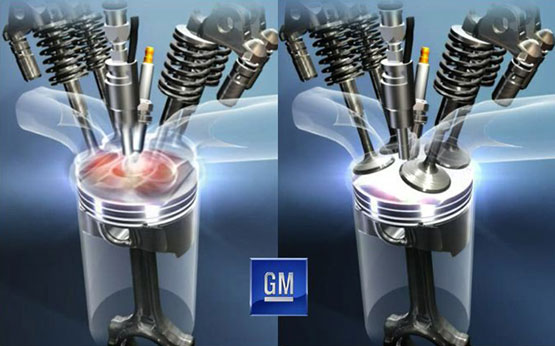
“Lean burn is very similar in that regard,” added Schlimme, a situation where much less gasoline is introduced into a combustion chamber than normal, “Which allows it to decrease fuel consumption.” Though just like HCCI this technology is not ready for primetime.
While under siege and losing ground to forced induction it appears as though the naturally aspirated engine is here to stay in the near term and probably longer in certain applications or even global markets where packaging, cost or simplicity are key.
Discuss this on our Alternative-Fuels Forum.







